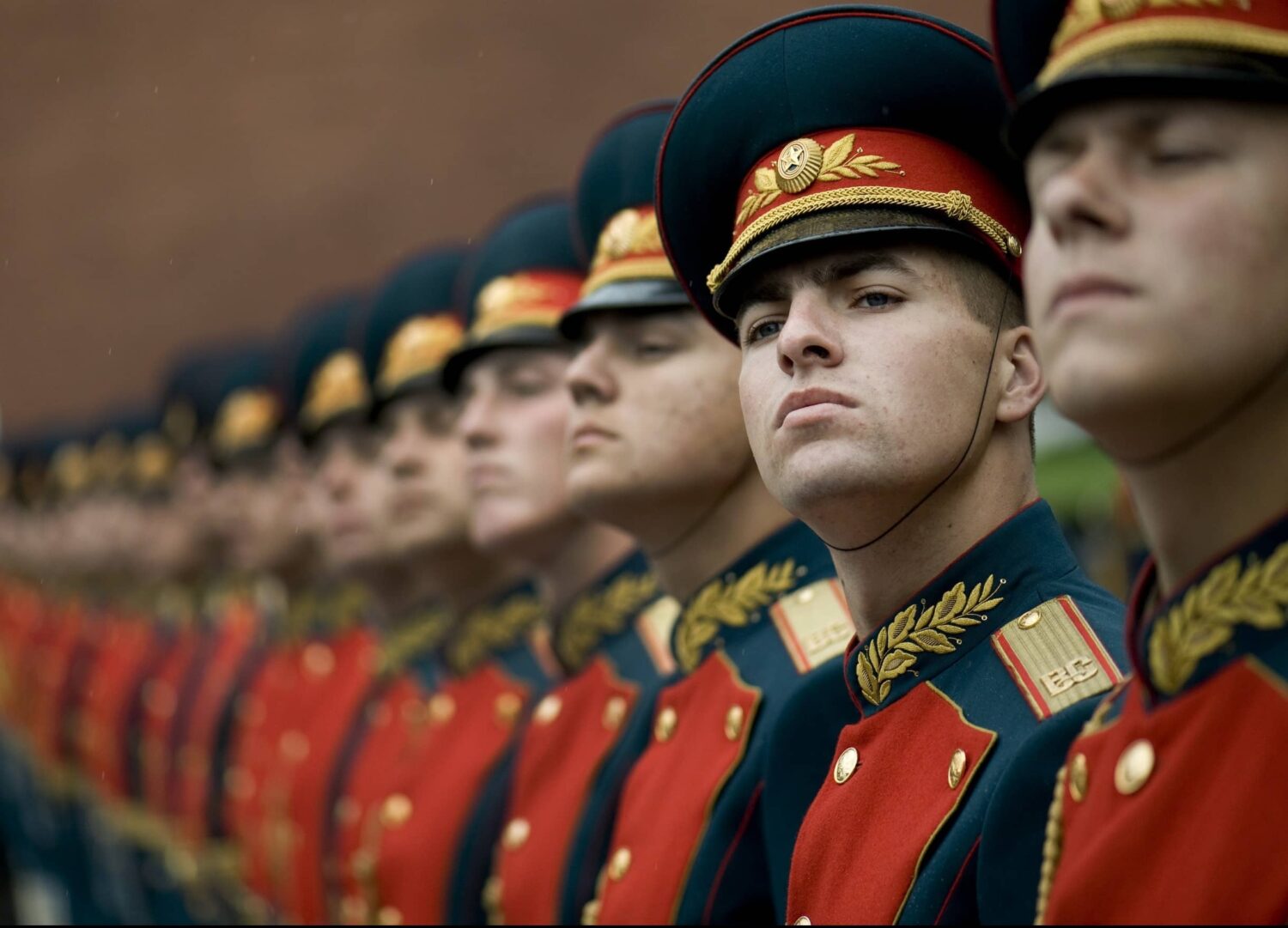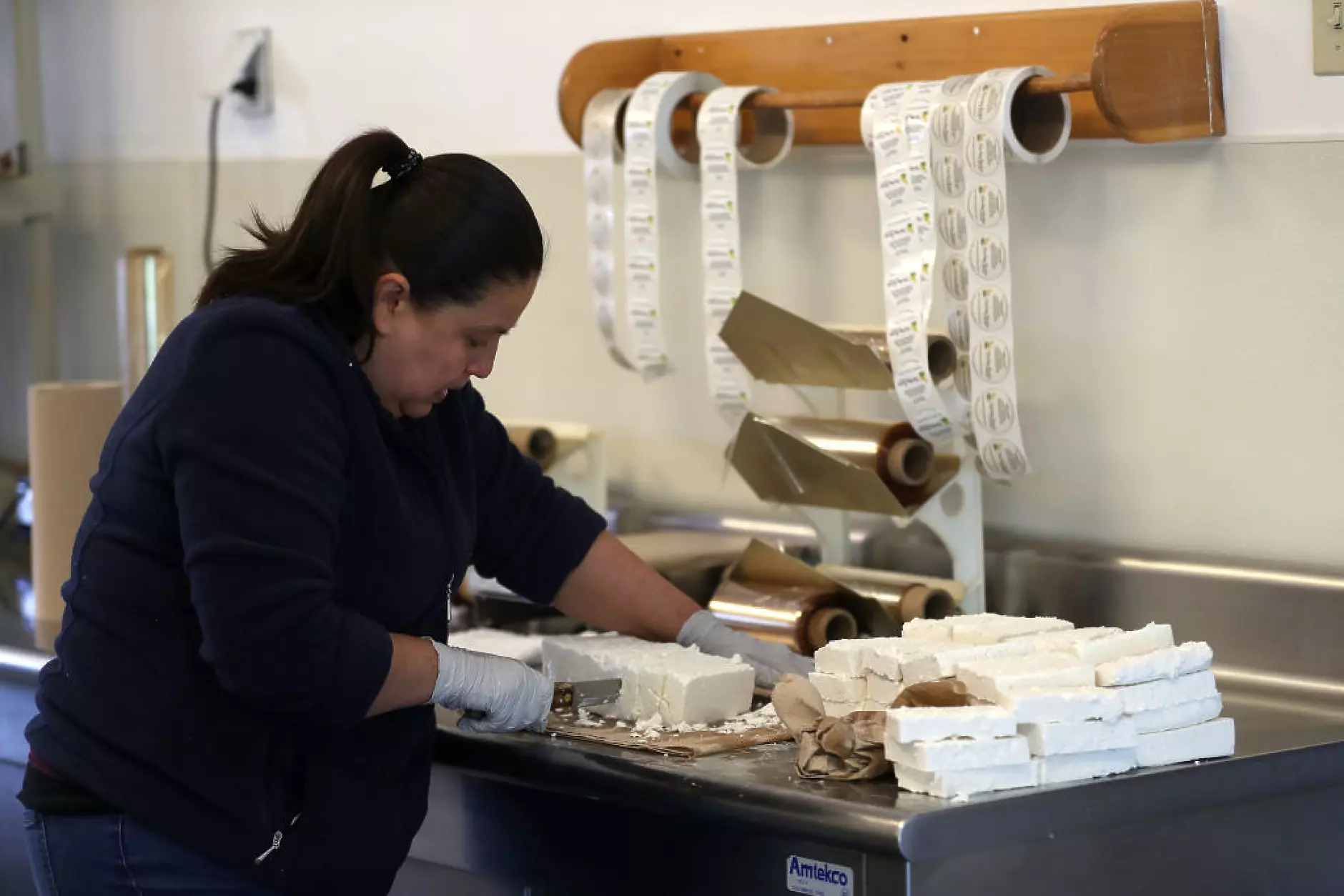The study shed new light on the process of memory recall.
Recalling memories requires the cooperation of several brain regions.
When you have a memorable evening at a restaurant, more than just the food stays in your memory. A vivid memory of the evening is created by the smells, the décor, the music played by the band, the conversations, and several other elements. Later, bringing back just one of these impressions could be enough to relive the entire experience.
According to recent research, complex memories in the brain are made up of a whole and its parts. The hippocampus, a part of the brain long thought to be the seat of memory, is where the general experience is kept, but the specific details are parsed and stored in a different part of the brain, the prefrontal cortex. In the future, this separation makes sure that exposure to any one cue will be enough to activate the prefrontal cortex, which will then access the hippocampus to remember the whole memory.
The research, which was published in Nature, sheds light on how the brain processes memories in different ways and offers new insight into how memories are recalled, which is a process that is less understood than memory storage.
It has been challenging to study memory as a distributed brain process, in part due to technical limitations. Priya Rajasethupathy, a neuroscientist at Rockefeller University and her colleagues developed novel techniques to simultaneously record and manipulate neural activity from multiple brain areas as mice navigated multisensory experiences, encountering various sights, sounds, and smells while in an endless corridor in virtual reality.
The researchers trained the mice to associate different rooms, which were composed of different combinations of the sensory cues, as rewarding or aversive experiences. Later on, nudged by a specific scent or sound, the mice were able to recall the broader experience and knew whether to happily expect sugar water or look out for an annoying puff of air.
The experiments demonstrated that while the entorhinal-hippocampal pathway, a well-studied circuit involving the hippocampus and its surrounding region, was essential for forming and storing the experiences, the individual sensory features were being shipped off to prefrontal neurons. Later, when mice encountered particular sensory features, a different circuit was engaged. This time, the prefrontal neurons communicated with the hippocampus to conjure the relevant global memory.
“This suggests that there’s a dedicated pathway for memory recall, separate from memory formation,” says Nakul Yadav, the study’s first author and a graduate student co-mentored by Rajasethupathy and by Conor Liston, a neuroscientist at Weill Cornell Medicine.
These findings have implications for the treatment of conditions such as Alzheimer’s disease, where the deficits are thought to be more related to memory recall than storage. The existence of separate storage and retrieval pathways in the brain suggests that targeting prefrontal recall pathways may be more therapeutically promising, Rajasethupathy says.
Reference: “Prefrontal feature representations drive memory recall” by Nakul Yadav, Chelsea Noble, James E. Niemeyer, Andrea Terceros, Jonathan Victor, Conor Liston, and Priyamvada Rajasethupathy, 13 July 2022, Nature.
DOI: 10.1038/s41586-022-04936-2




![Heatwaves and Climate Change [Video] Heatwaves and Climate Change [Video]](https://i2.wp.com/scitechdaily.com/images/France-and-Spain-Land-Surface-Temperature-July-2022-777x777.jpg?w=696&resize=696,0&ssl=1)









